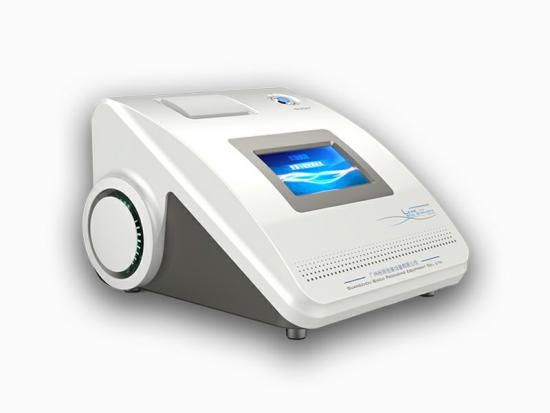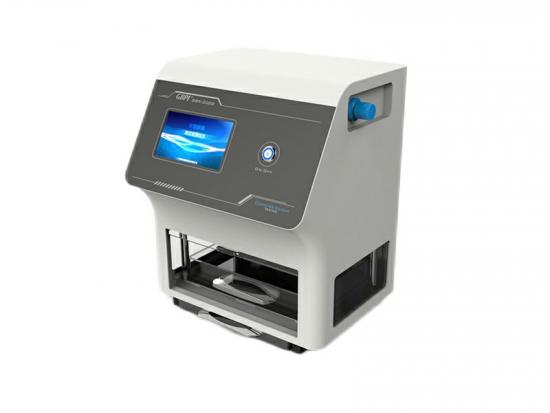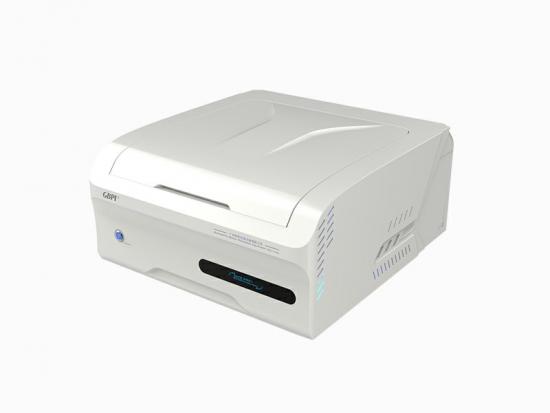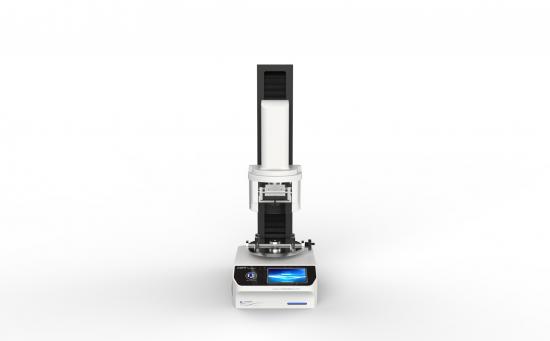The Bacterial Filtration Efficiency (BFE) test is performed on filtration materials and devices that are designed to provide protection against biological aerosols, such as face masks, surgical gowns, caps, and air filters. This test is used for FDA 510(k) submissions for surgical masks, is required by ASTM F2100 and EN 14683, and complies with ASTM F2101 and EN14683. Click to view BFE tester Applicable Standards · ASTM F2100 · EN 14683 · ASTM F2101 Study Outline Bacterial Filtration Efficiency (BFE) The Bacterial Filtration Efficiency test determines the filtration efficiency by comparing the bacterial control counts to test article effluent counts. The test is conducted using Staphylococcus aureus as the challenge organism. After the filtration media is preconditioned, a liquid suspension of S. aureus is aerosolized and delivered to the filtration media at a constant flow rate of 28.3 liters per minute (LPM) or 1 cubic foot per minute (CFM). The aerosol droplets are drawn through a six-stage Andersen sampler for collection. The number of bacterial aerosol droplets contacting the filter media is determined by conducting challenge controls without filter medium in the test system. Challenge controls are maintained at 1700 – 3000 colony-forming units (CFU) with a mean particle size (MPS) of 3.0 ± 0.3 µm. This allows filtration efficiencies to be reported up to >99.9%. The BFE test offers a number of advantages over other filtration efficiency tests. It has been used with little or no modification for years and provides a standard reference for comparison of filtration materials. The mean particle size can be tightly controlled and is sized using a six-stage viable-particle Andersen sampler, permitting stage-by-stage analysis. The BFE procedure is reproducible, and provides a more severe challenge to most filtration devices than would be expected in normal use. Large numbers of material can be evaluated in a relatively short time. BFE testing is commonly performed along with the Differential Pressure (Delta P) test. For housed filters, we recommend the Increased Challenge method. This procedure uses a higher concentration of challenge to be delivered to each test material. Filtration efficiency measurements can be determined up to >99.9999%. Increased Challenge Bacterial Filtration Efficiency (BFE) The Increased Bacterial Filtration Efficiency test determines the filtration efficiency by comparing the bacterial control counts to test article effluent counts. The test is conducted using Staphylococcus aureus as the challenge organism. A liquid suspension of S. aureus is aerosolized and delivered to the filtration media at a constant flow rate of 30 liters per minute (LPM). The aerosol droplets are collected in all-glass impingers (AGIs) in parallel. The challenge is delivered for a one-minute interval and sampling through the AGIs is conducted for two minutes to clear the aerosol chamber. The titer of the assay fluid is det...
View More

 info@gbtest.cn
info@gbtest.cn



 en
en ru
ru es
es ar
ar










